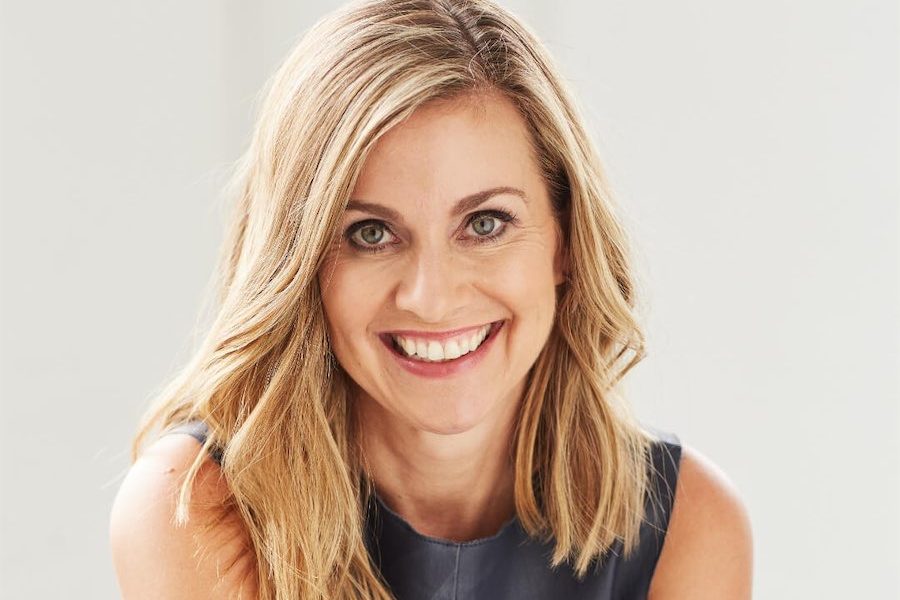
PAUL KAUFFMAN looks at the virtues of shared home-equity schemes.
LONG established in the UK and by the WA government, a shared home-equity scheme was announced by the federal government before the May election and, since then, by the NSW government.

Under the federal scheme, some 10,000 home buyers each year could purchase a home with as little as 2 per cent deposit.
For new homes, the government could contribute up to 40 per cent equity, while existing homes could see the government contribute up to 30 per cent.
Participants don’t have to pay interest on the government’s share in their home, but must repay their equity share when on sale of the property or on death (unless beneficiaries would qualify for the property and can continue as homeowners).
There are income limits. Only individuals earning up to $90,000 taxable income and couples earning up to $120,000 are eligible for the scheme.
There are also purchase price limits. In Canberra and Queanbeyan, it is $600,000. This will limit purchases to apartments.
The federal government would then own its stake, however homebuyers could pay it off over time.
Owning an apartment involves paying body corporate fees. Owners will be liable for the whole of the rates, repairs and body corporate fees, despite owning only part of the property.
The NSW scheme is due to commence in January. In Victoria, a similar scheme resulted in a rapid take-up of places.
Issues to consider include preference for a two-bedroom apartment, rather than a one-bedroom apartment, for convenience and greater re-sale value.
Owners will have to ensure that the apartment is not beset with fire-safety or water-leakage issues, or other potential faults. An apartment with north-facing windows will provide greater energy efficiency.
Entry and exit costs of buying and selling are large so, if possible, buy a property to live in for the long term.
At the 2021 Census there were 35,000 shared home-owner households, and an unknown number of households who had been part-owners and had transitioned to full home ownership by 2021. It is likely that shared home ownership will become a growing part of the Australian housing scene.
Dr Paul Kauffman administered national concessional home ownership and housing grants schemes for many years and is an independent consultant.


Who can be trusted?
In a world of spin and confusion, there’s never been a more important time to support independent journalism in Canberra.
If you trust our work online and want to enforce the power of independent voices, I invite you to make a small contribution.
Every dollar of support is invested back into our journalism to help keep citynews.com.au strong and free.
Thank you,
Ian Meikle, editor





Leave a Reply